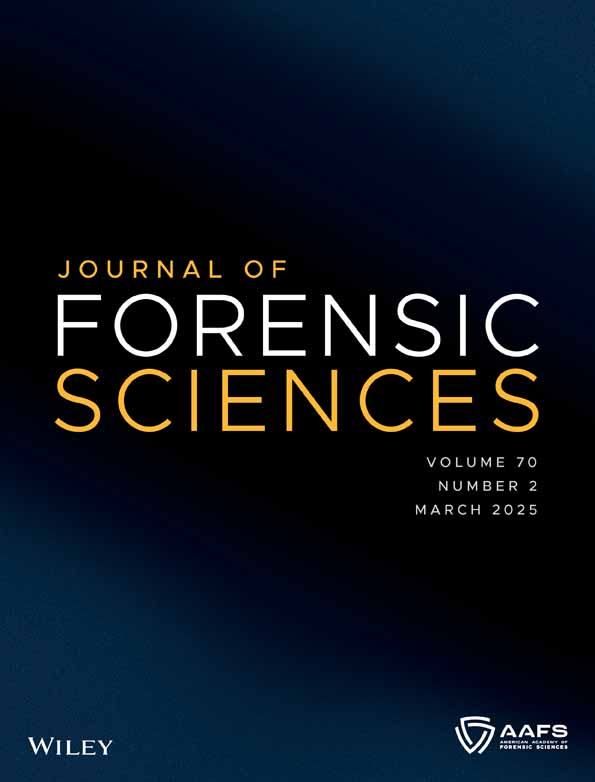Long-range trajectory reconstructions using the point mass model
Presented at the 29th Firearms and GSR EWG Annual Meeting of European Network of Forensic Science Institutes, October 4–6, 2023, in Bruxelles Belgium.
Abstract
In shooting incident reconstructions, forensic examiners usually deal with scenes involving short-range trajectories, typically ≤30 m. In situations such as this, a linear trajectory reconstruction model is appropriate. However, a forensic expert can also be asked to estimate a shooter's position by reconstructing a long-range trajectory where the bullet's path becomes arced as a result of gravity and the greater time in flight. In this study, the point mass model (PMM) was used, because it is accessible and considered sufficiently accurate. A computer program using PMM can perform long-range trajectory reconstructions starting from an impact point. The reconstruction results in an area where the shot is expected to be fired from, not a single location. This is caused by varying the input parameters of the PMM. The aim of this study is to assess the accuracy of the method and discuss the influence of the most relevant parameters. The model has been validated by comparing its performance with 20 handgun bullet trajectories that were determined using Doppler radar measurements over long ranges, i.e. from 500 m to 1800 m. Comparison between the area calculated using the model and the actual shooter position demonstrates the limits of these reconstructions, particularly at high incident angles. The differences between the reconstructed deflections and the deflections measured by the tracking radar are rather large. This phenomenon is caused by either measurement errors in the cross wind as a function of height or inaccuracy of the radar's deflection measurements.
CONFLICT OF INTEREST STATEMENT
All authors declare that they have no conflicts of interest.




